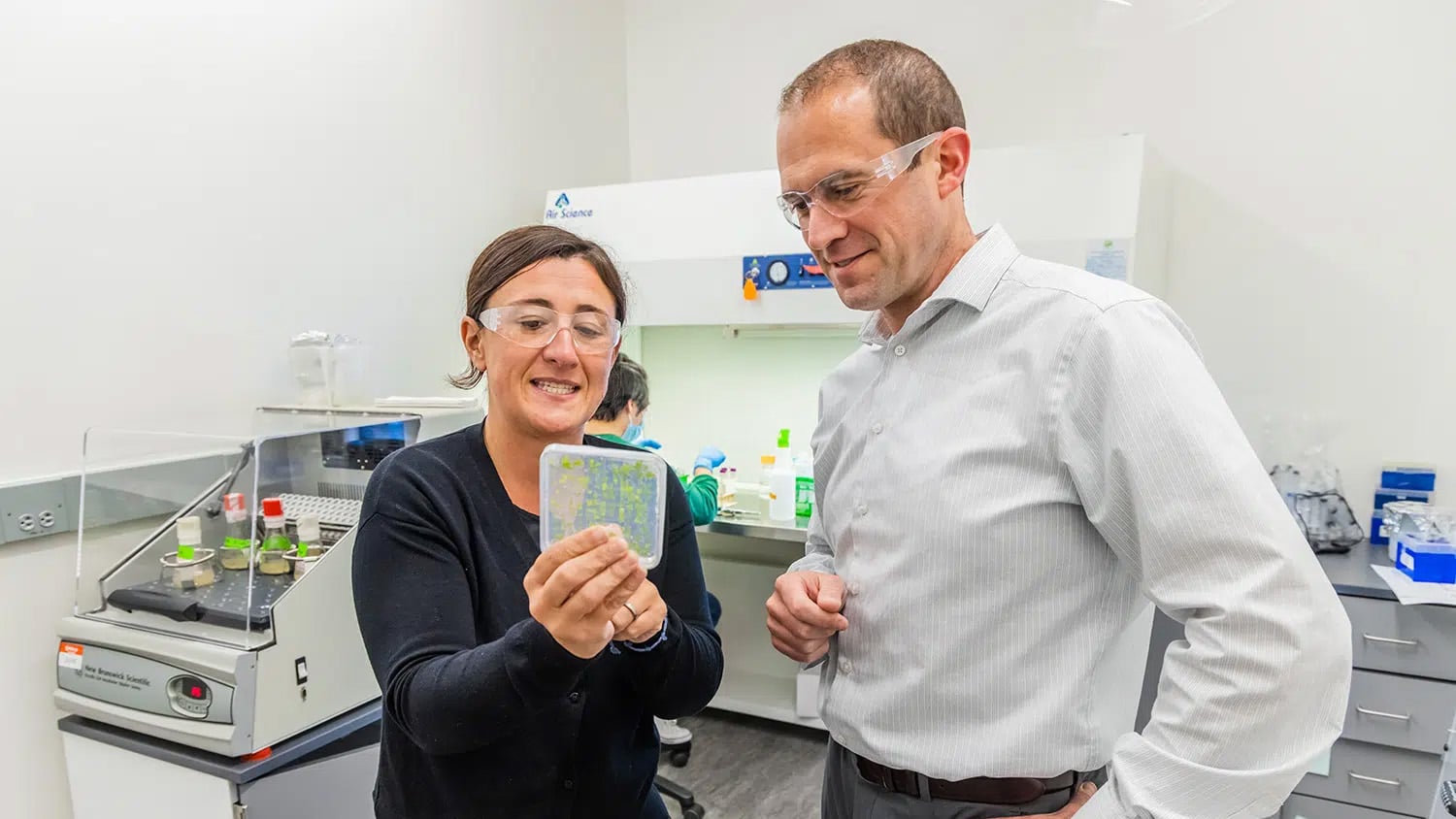Researchers Develop Food Safety Social Media Guide
To help protect public health, researchers from North Carolina State University have developed guidelines on how to use social media to communicate effectively about food safety.

“In a crisis context, the framework can be used by health officials, businesses or trade organizations affected by foodborne illness to help them reach key audiences with information that could be used to reduce the risk of foodborne illness,” says Dr. Ben Chapman, an associate professor at NC State whose research focuses on food safety and lead author of the paper outlining the guidance. Key audiences may include consumers, the food service industry, and corporate or government decision makers, among others.
The guidance can also help health officials and the private sector actively participate in online communities to discuss and explain issues related to food safety and ways to reduce health risks.
“The literature shows us that simply pushing out information isn’t an effective way to change people’s behavior,” Chapman says. “You need to engage in dialogue, and Twitter and Facebook are excellent places to have those conversations.”
For example, Chapman says, food safety experts can use Twitter to search for – and participate in – conversations people are already having about foodborne illness.
The researchers reviewed papers on food safety risk communication and papers on social media communication, drawing on both fields to establish a set of best practices that form the foundation of the guidance.
“I get questions about social media and food safety all the time, so there’s a clear demand for this sort of guidance,” Chapman says. “But this is a basic framework. The guidance will continue to evolve over time, just as the field of social media itself is constantly evolving.”
“Social media may be the catchphrase today, maybe it’s big data tomorrow, but the underlying goal is fewer sick people,” said Dr. Douglas Powell of powellfoodsafety.com, a co-author of the paper. “Twitter wasn’t around 10 years ago but people still got sick. We need to adapt new tools as they arrive to the food safety sphere.”
The research team currently has three related research projects under way. Two projects are looking at food safety communication on YouTube and among parenting bloggers, respectively, while the third focuses on using social media to identify and respond to norovirus outbreaks.
The paper on the guidance, “Potential of social media as a tool to combat foodborne illness,” is published in Perspectives in Public Health. The paper was co-authored by Benjamin Raymond, who is a graduate student at NC State. The research was funded by Agriculture and Food Research Initiative Competitive Grants, nos. 2012-68003-30155 and 2011-68003-30395 from the USDA National Institute of Food and Agriculture.
-shipman-
Note to Editors: The study abstract follows.
“Potential of social media as a tool to combat foodborne illness”
Authors: Benjamin Chapman and Benjamin Raymond, North Carolina State University; Douglas Powell, powell food safety
Published: July 2014, Perspectives in Public Health
DOI: 10.1177/1757913914538015
Abstract: The use of social media platforms, such as Facebook and Twitter, has been increasing substantially in recent years and has affected the way that people access information online. Social media rely on high levels of interaction and user-generated context shared through established and evolving social networks. Health information providers must know how to successfully participate through social media in order to meet the needs of these online audiences. This article reviews the current research on the use of social media for public health communication and suggests potential frameworks for developing social media strategies. The extension to food safety risk communication is explored, considering the potential of social media as a tool to combat foodborne illness.
- Categories:


